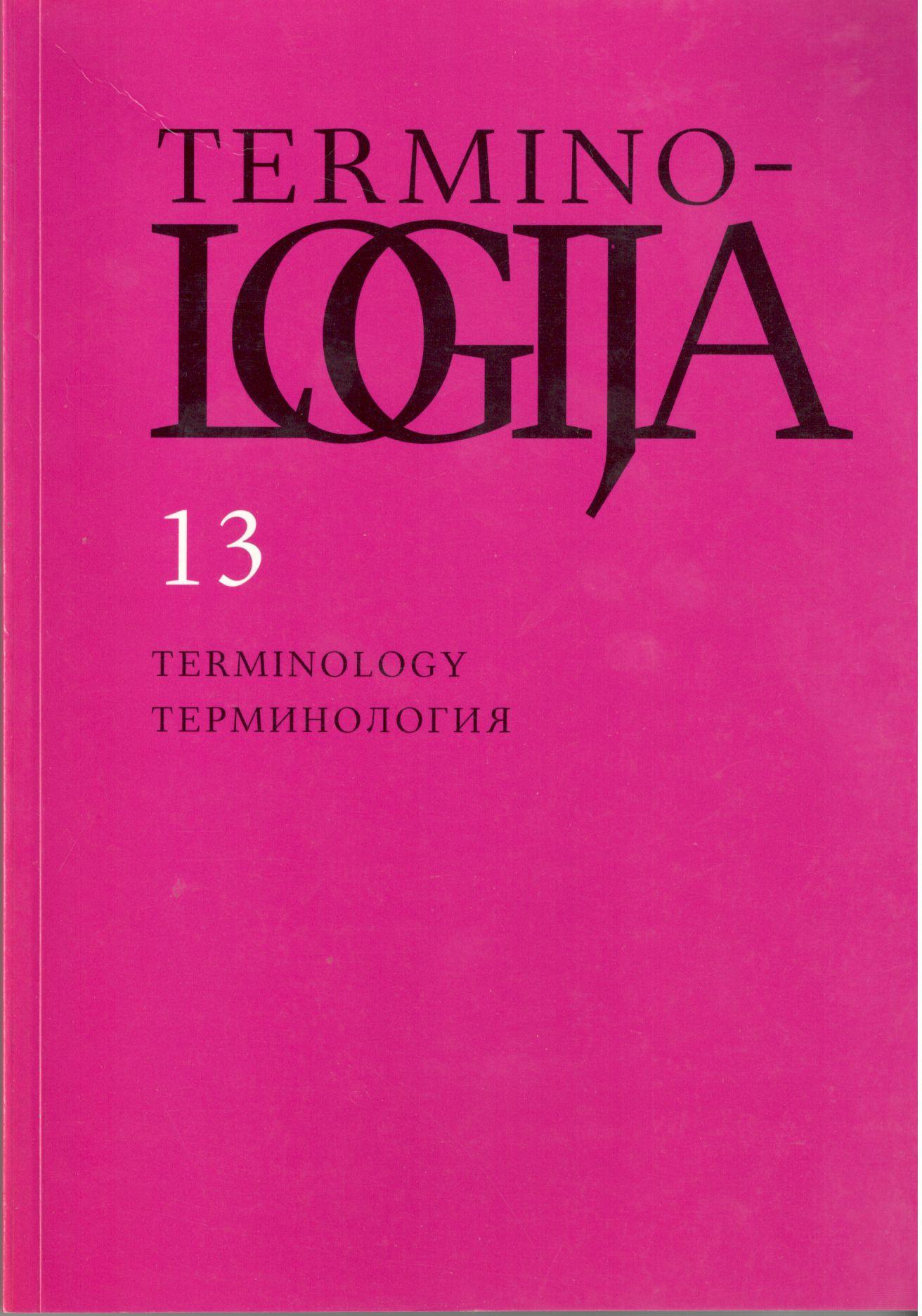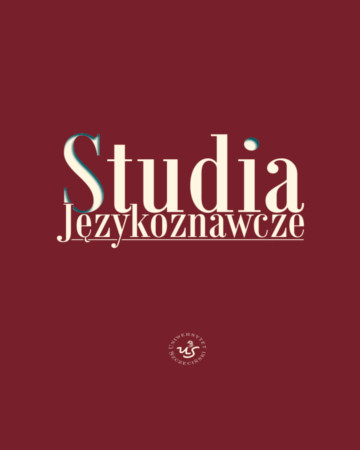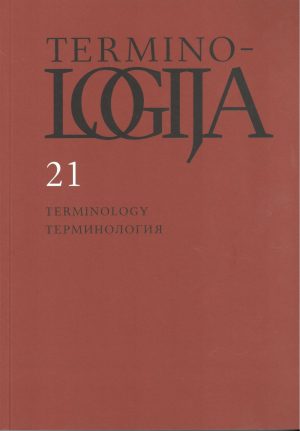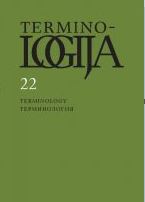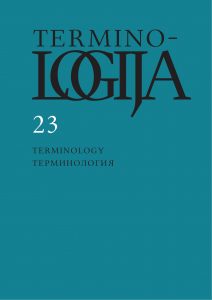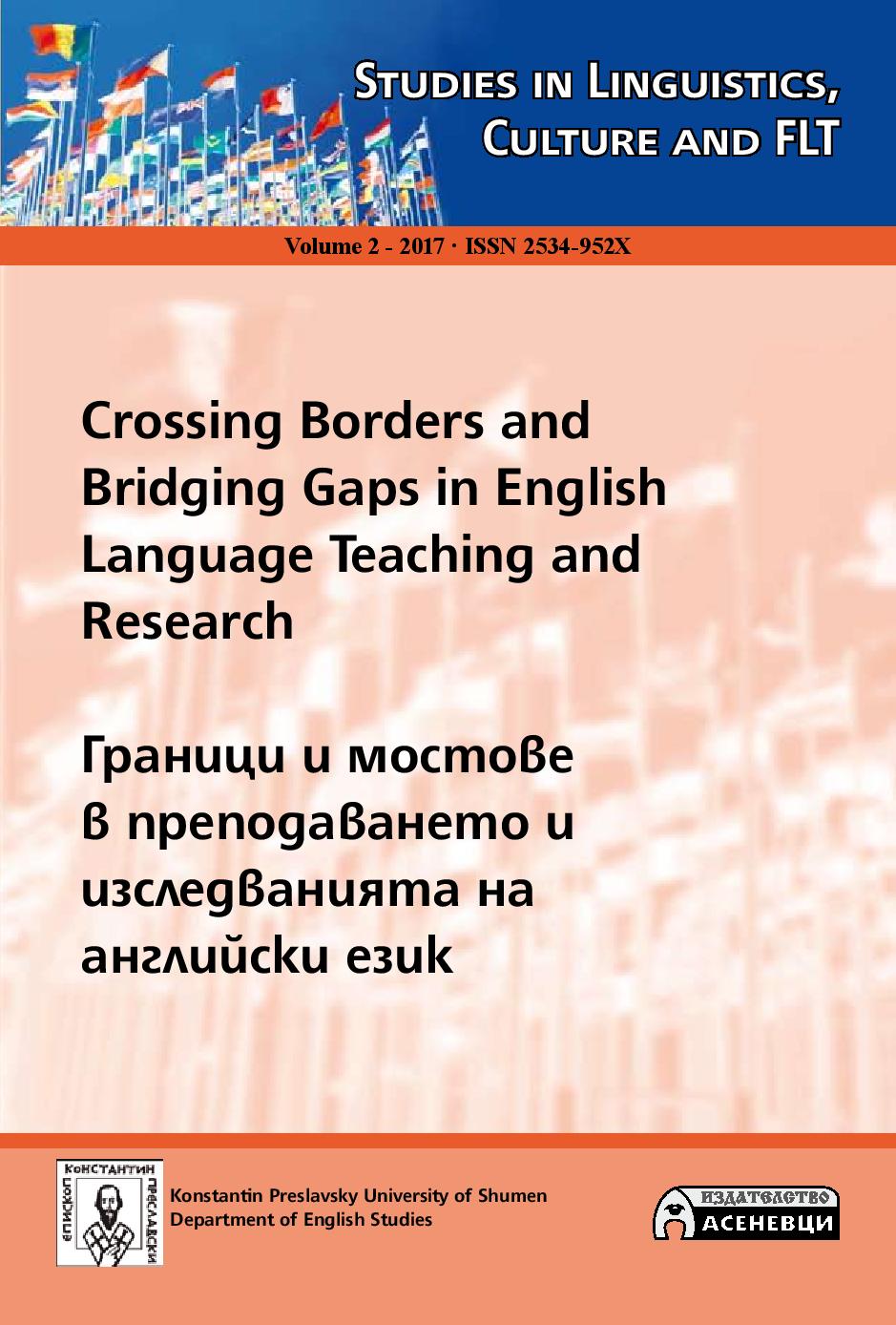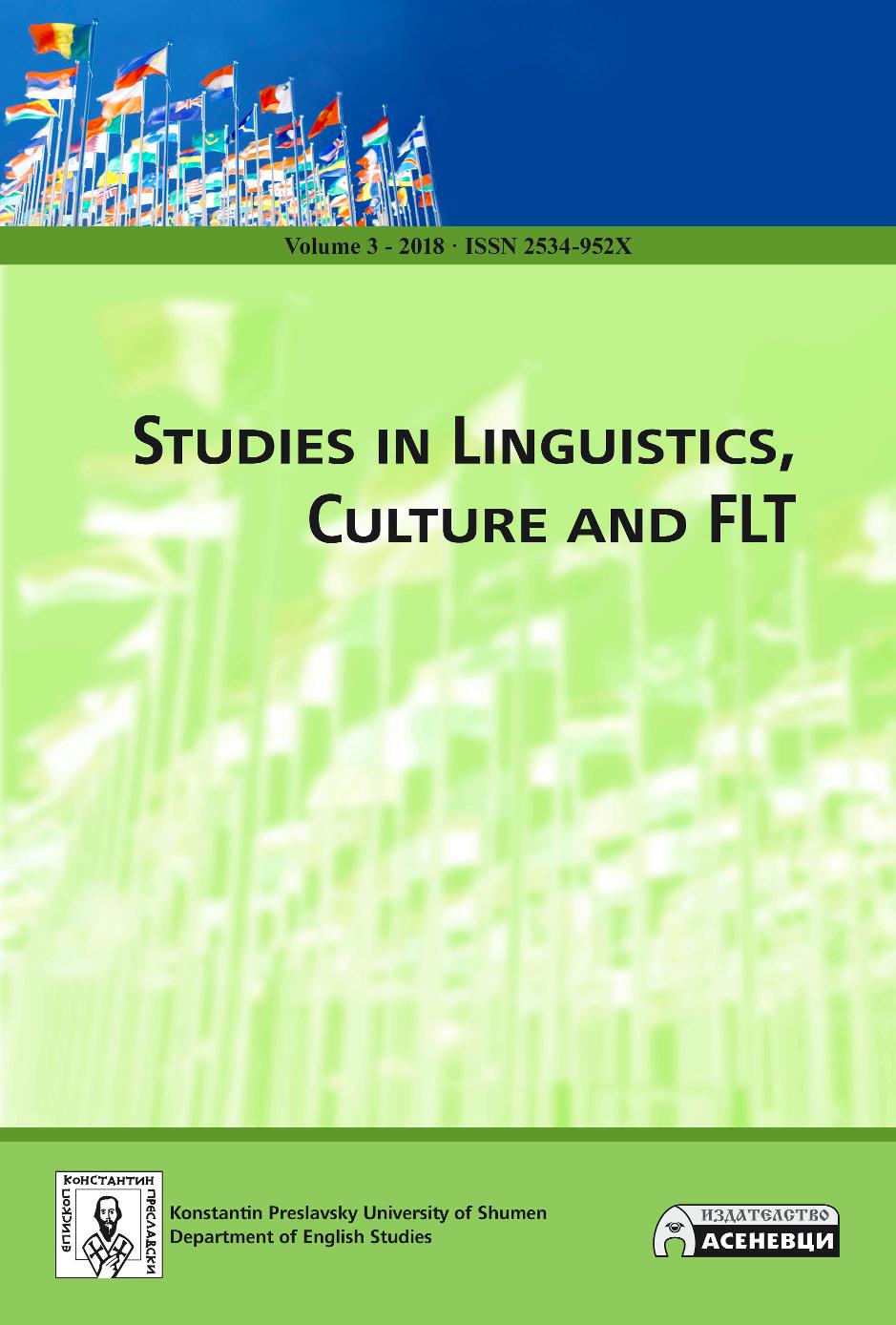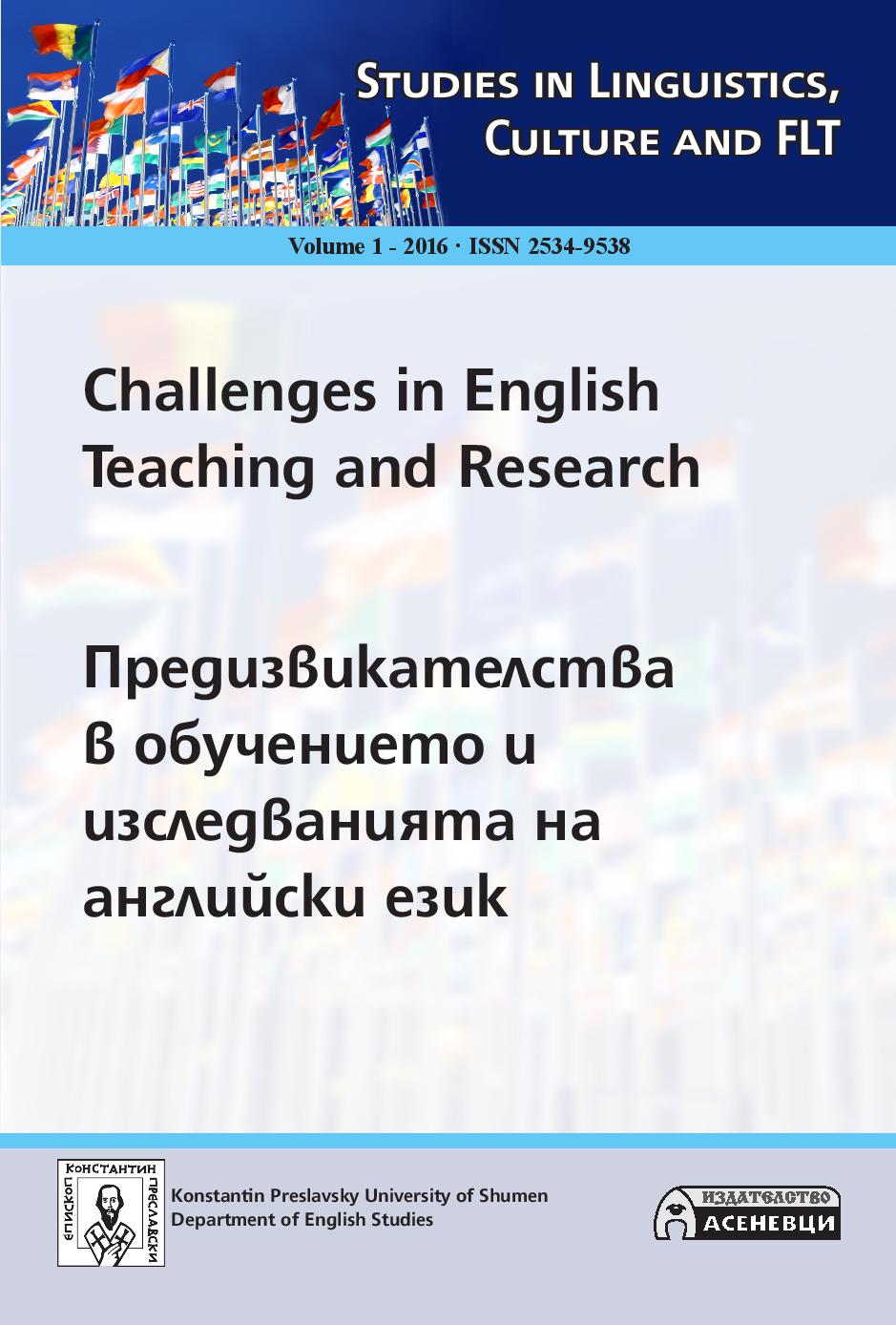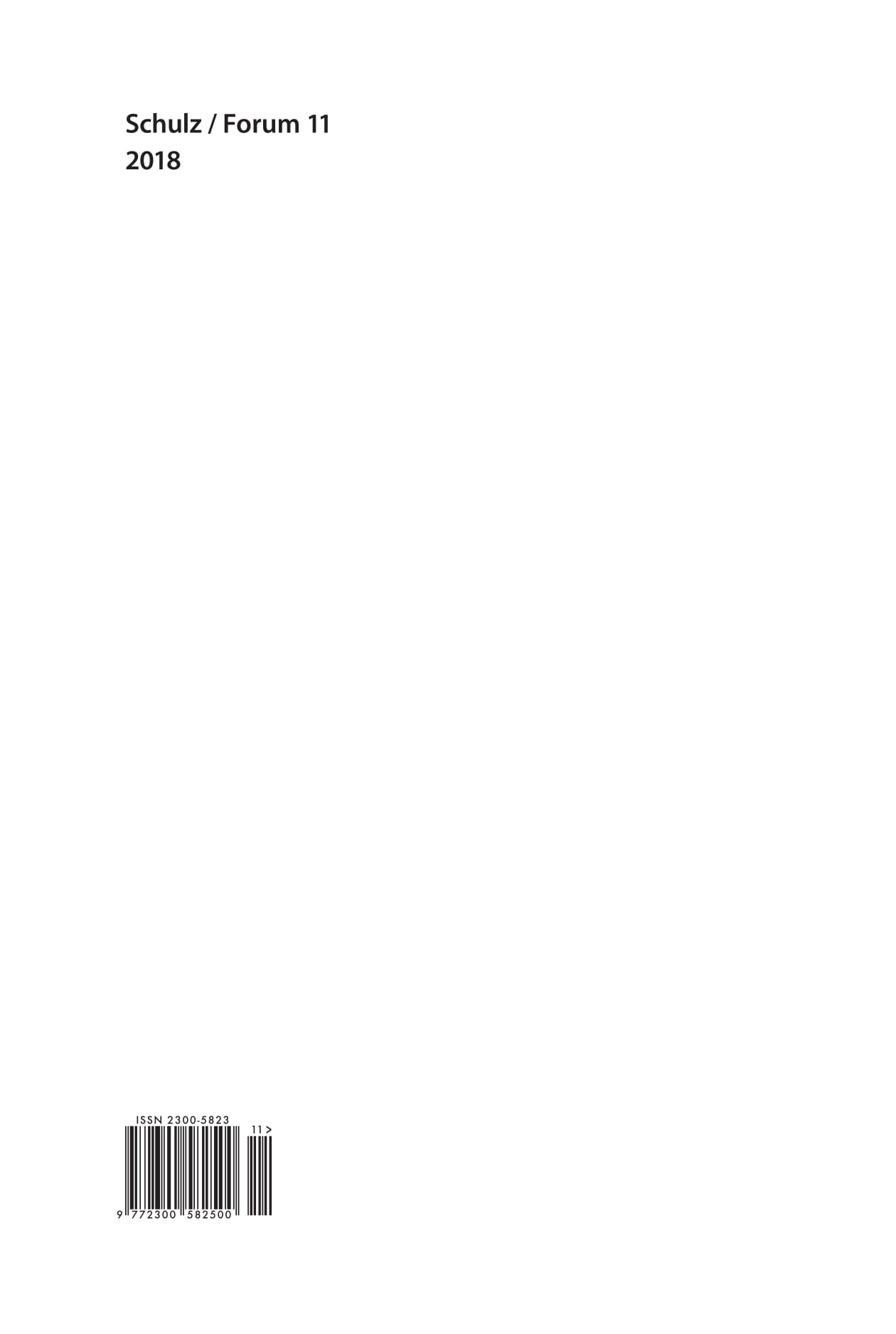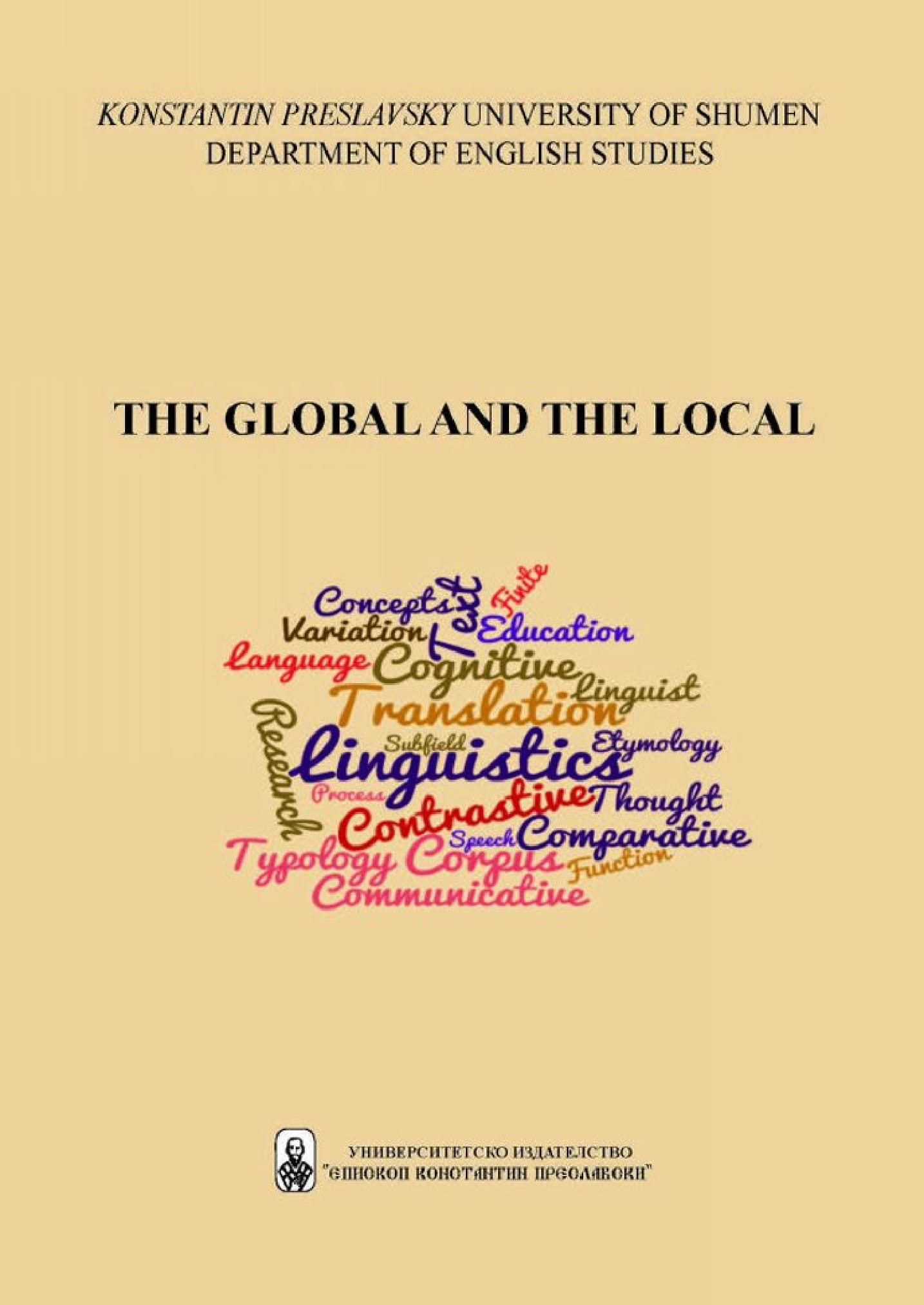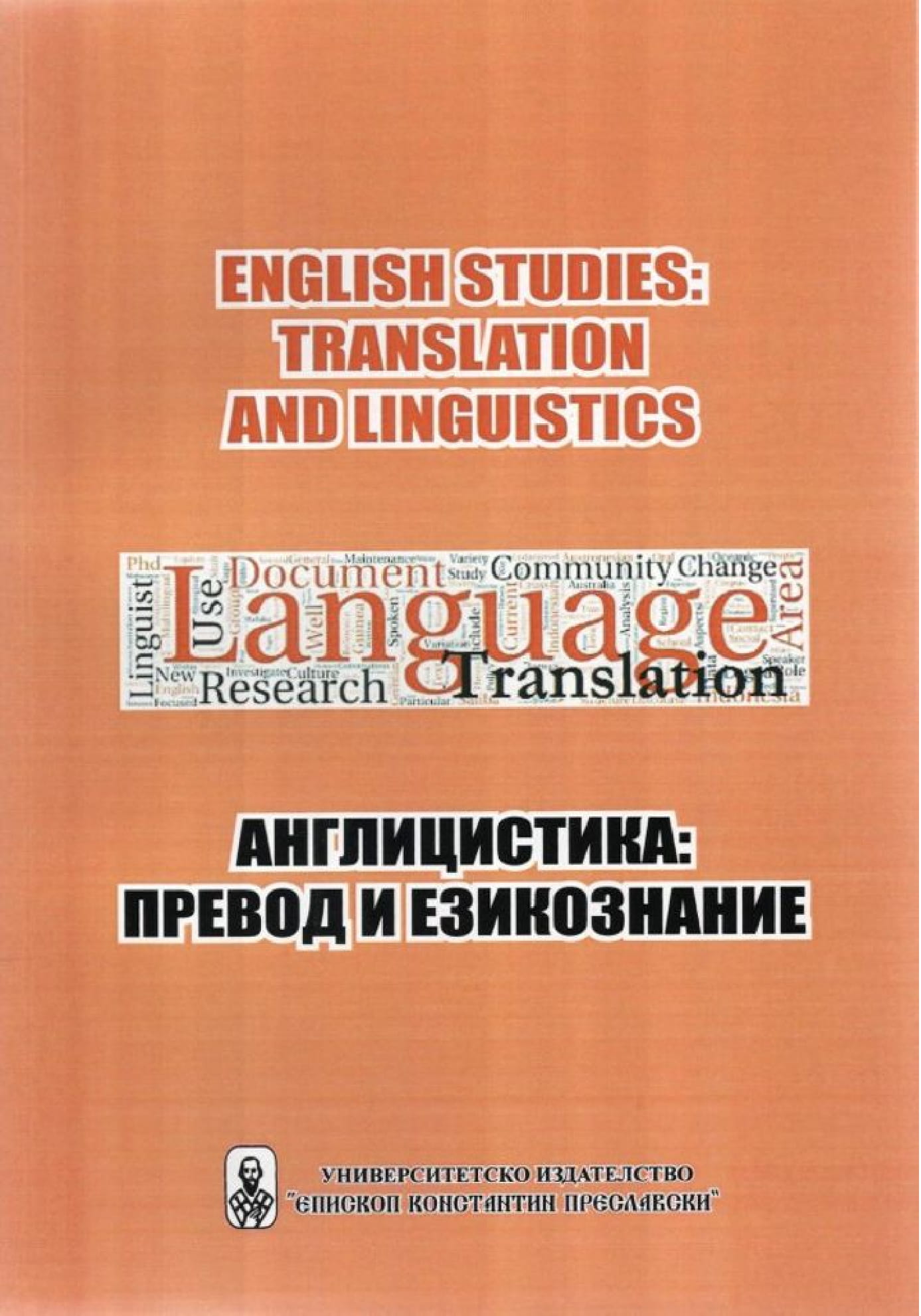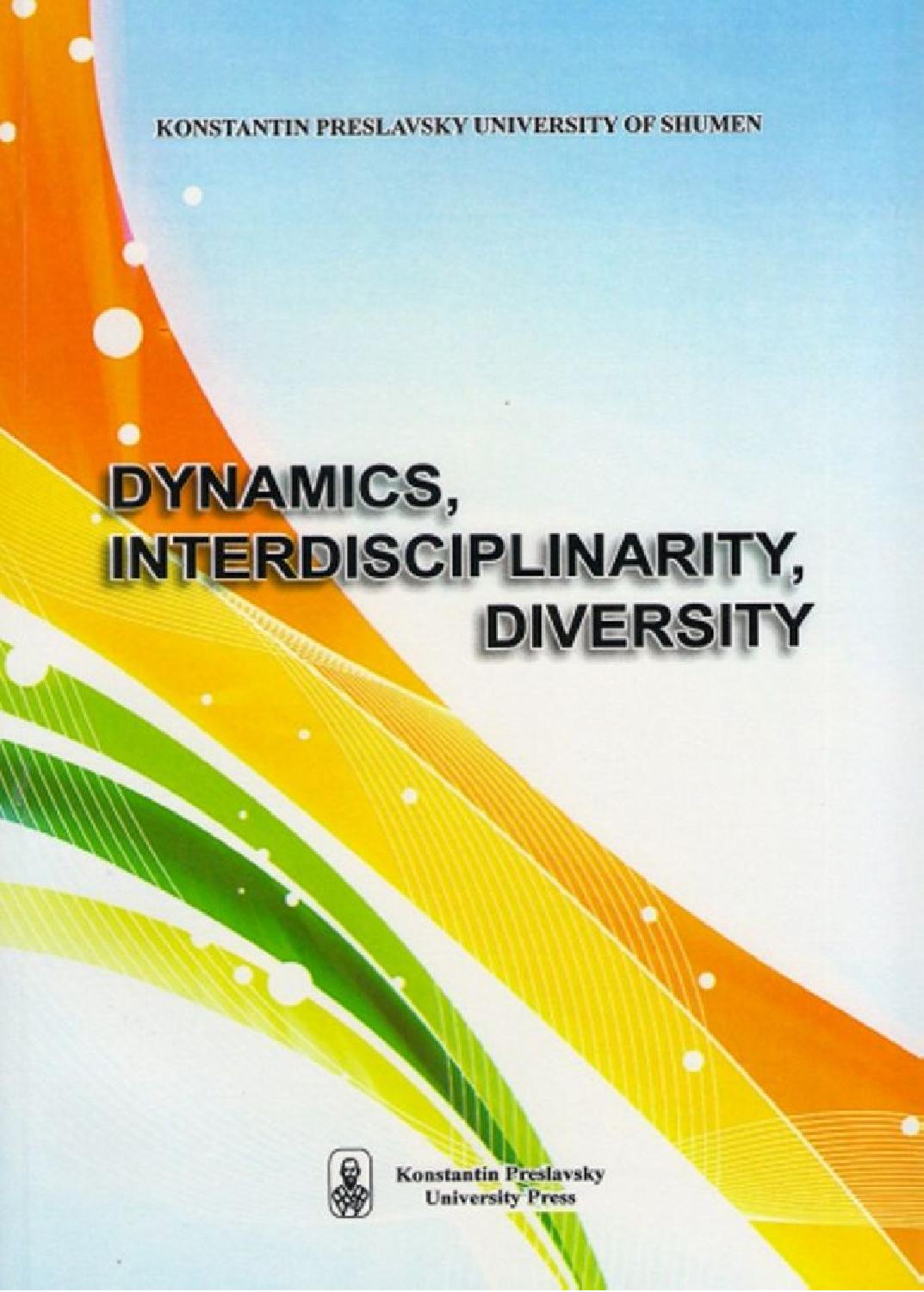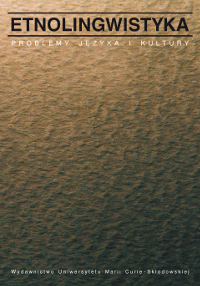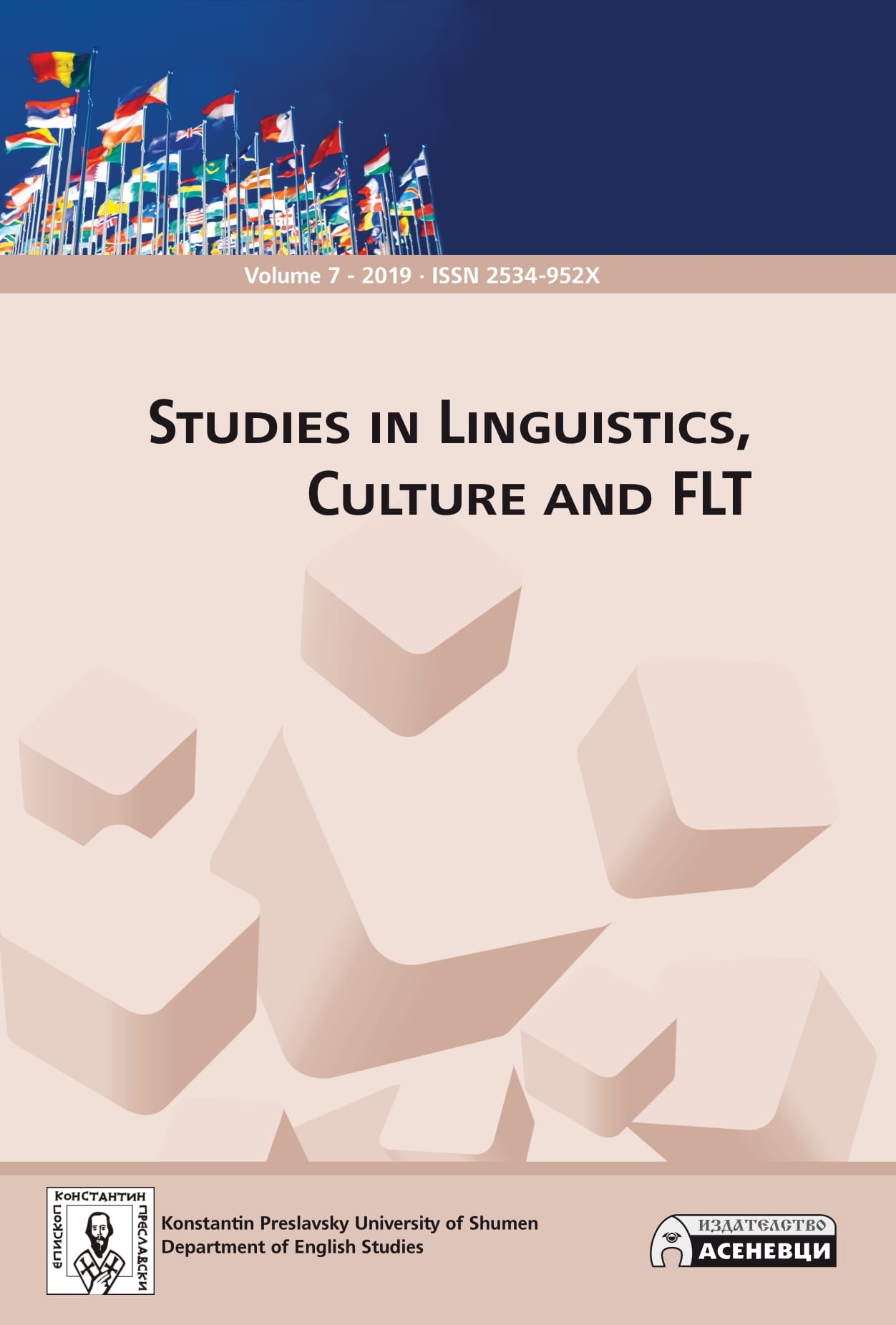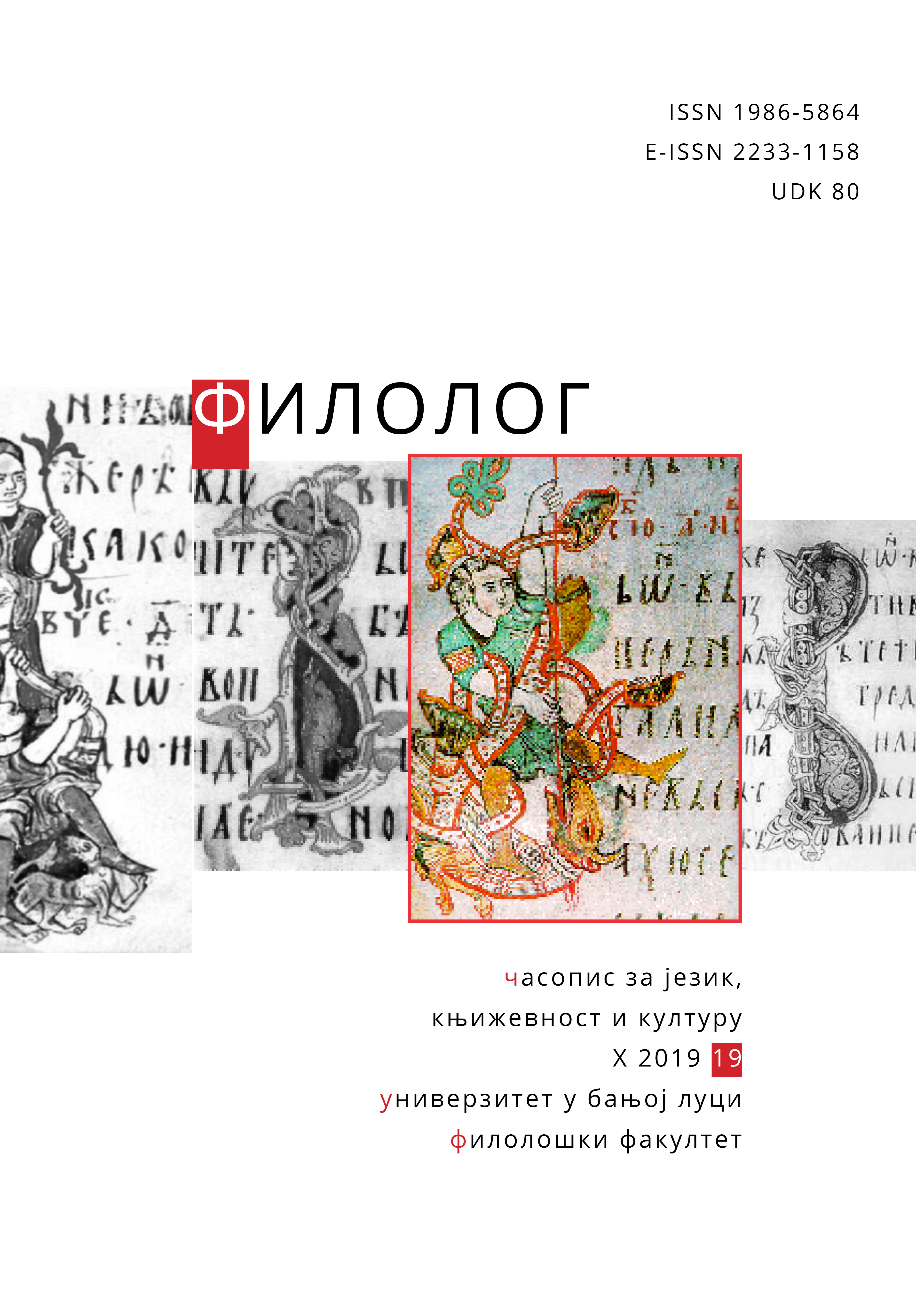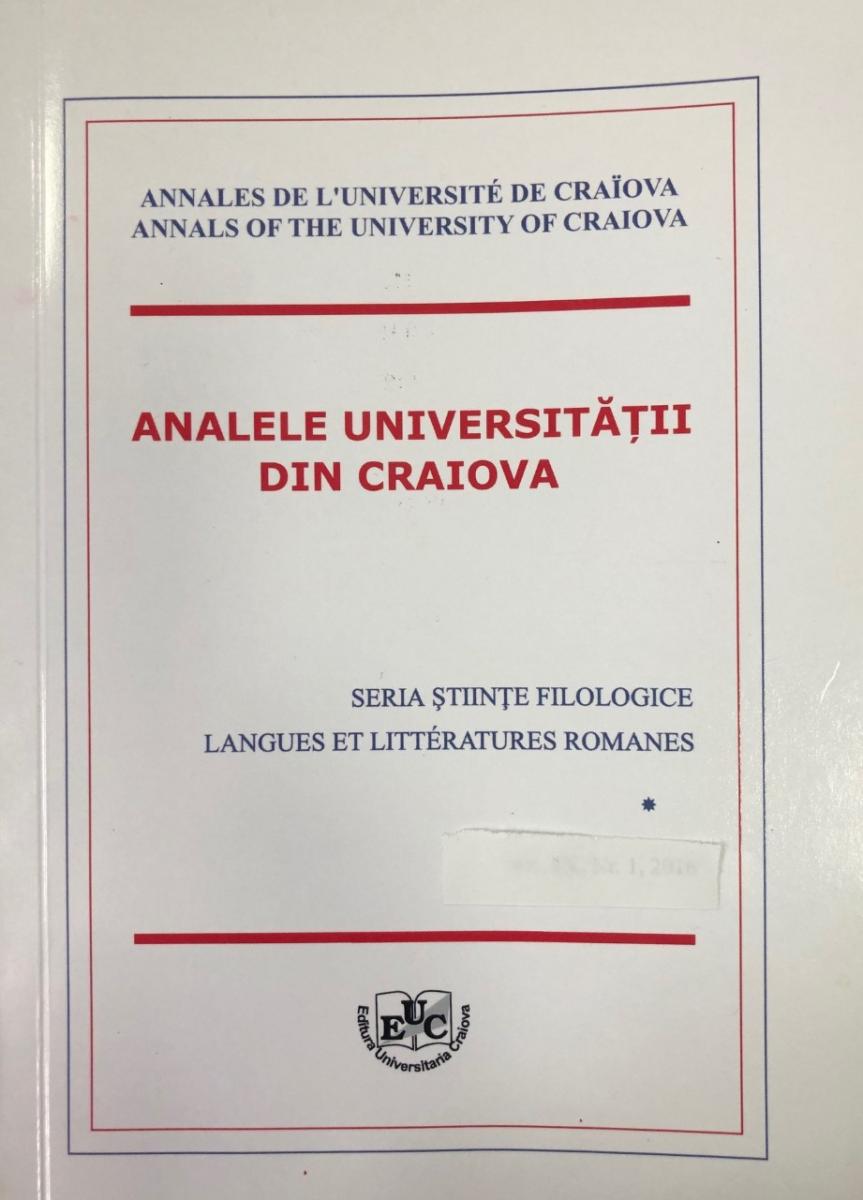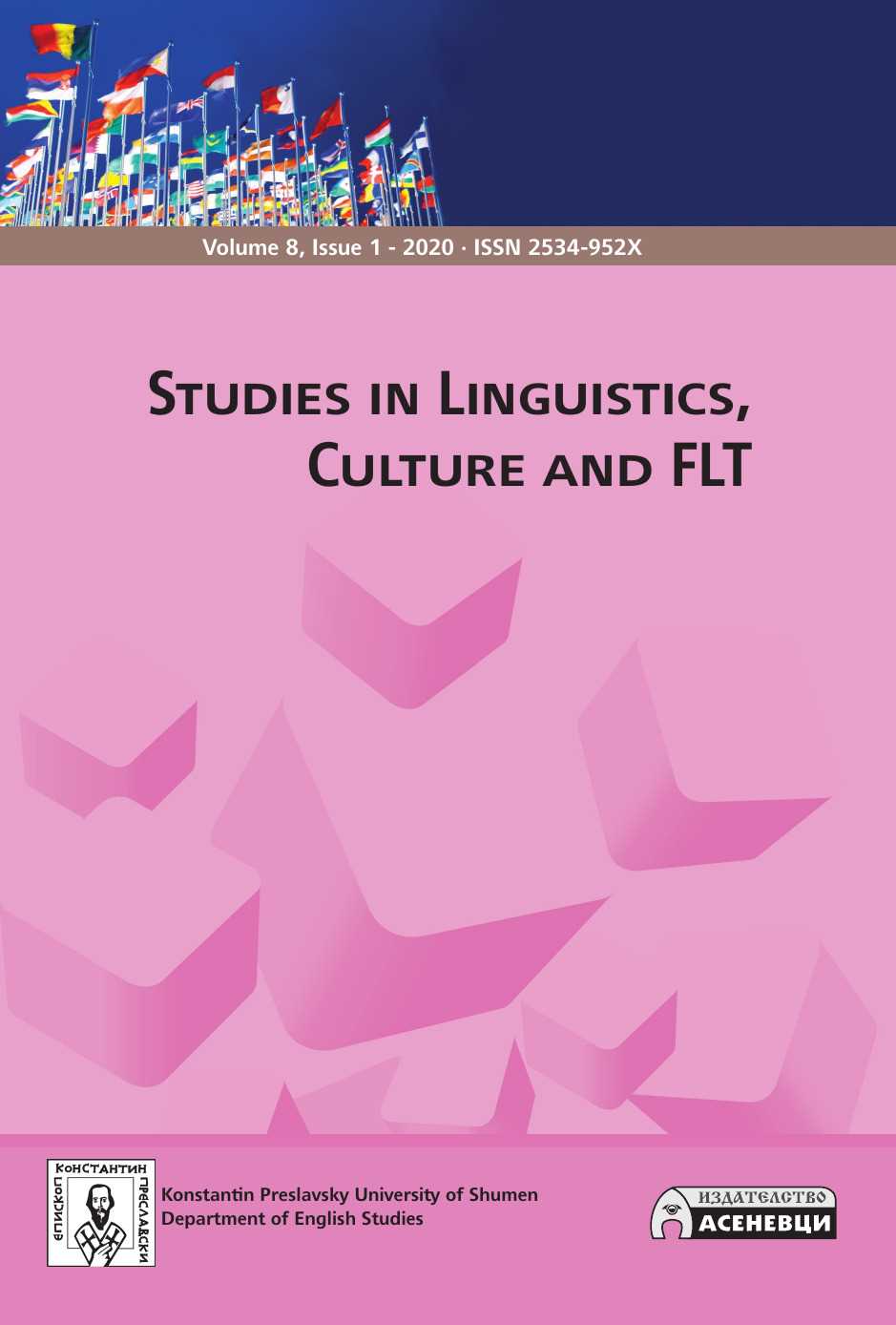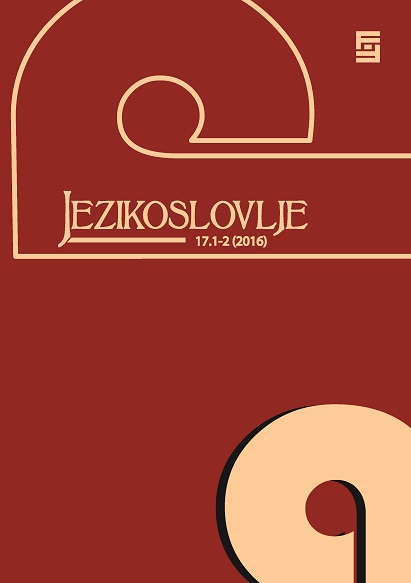
Croatian non-standard invariant relativizers in European perspective
In this paper, the authors analyze Croatian invariant relativizers (InvRels) in European perspective, with emphasis on InvRels employed in non-standard Croatian. The paper is roughly divided in two parts. In the first part of the paper, previously researched facts about InvRels are reviewed. It is demonstrated that in Croatian, InvRels are more typical of non-standard variety and with fewer syntactic restrictions when compared to standard Croatian. Sociolinguistic variation is also briefly commented on. In the second part of the paper, two previously unanalyzed features of non-standard InvRels are examined by means of the hrWac 2.0 corpus: distribution across the position relativized, and the use of resumptive pronouns with direct object. Due to the nature of corpus data, the investigation was narrowed to the InvRels šta and kaj. The paper demonstrates that the two InvRels are found in most cases with subject, and to a lesser extent with direct object relativization. Other positions relativized are rarely encountered. Resumptive pronouns with inanimate direct objects are readily omitted, while with animate direct object the omission seems fairly rare. These findings are important because they display that only subject and direct object are regularly relativized, even in non-standard Croatian. Furthermore, the major role of animacy with respect to the use of resumptive pronouns is pointed out, with a comparable tendency in Czech (Fried 2010).
More...
